 December 4, 1992: Apple engineers demonstrate a “proof of concept” of the Mac operating system running on an Intel computer. More than a decade before Macs will switch to Intel processors, getting Mac OS to run on PCs is an astonishing feat.
December 4, 1992: Apple engineers demonstrate a “proof of concept” of the Mac operating system running on an Intel computer. More than a decade before Macs will switch to Intel processors, getting Mac OS to run on PCs is an astonishing feat.
It’s part of an aborted plan to make Apple’s software available on other manufacturers’ hardware. Apple ultimately chickens out, fearing (probably correctly) that such a move would hurt Macintosh sales.
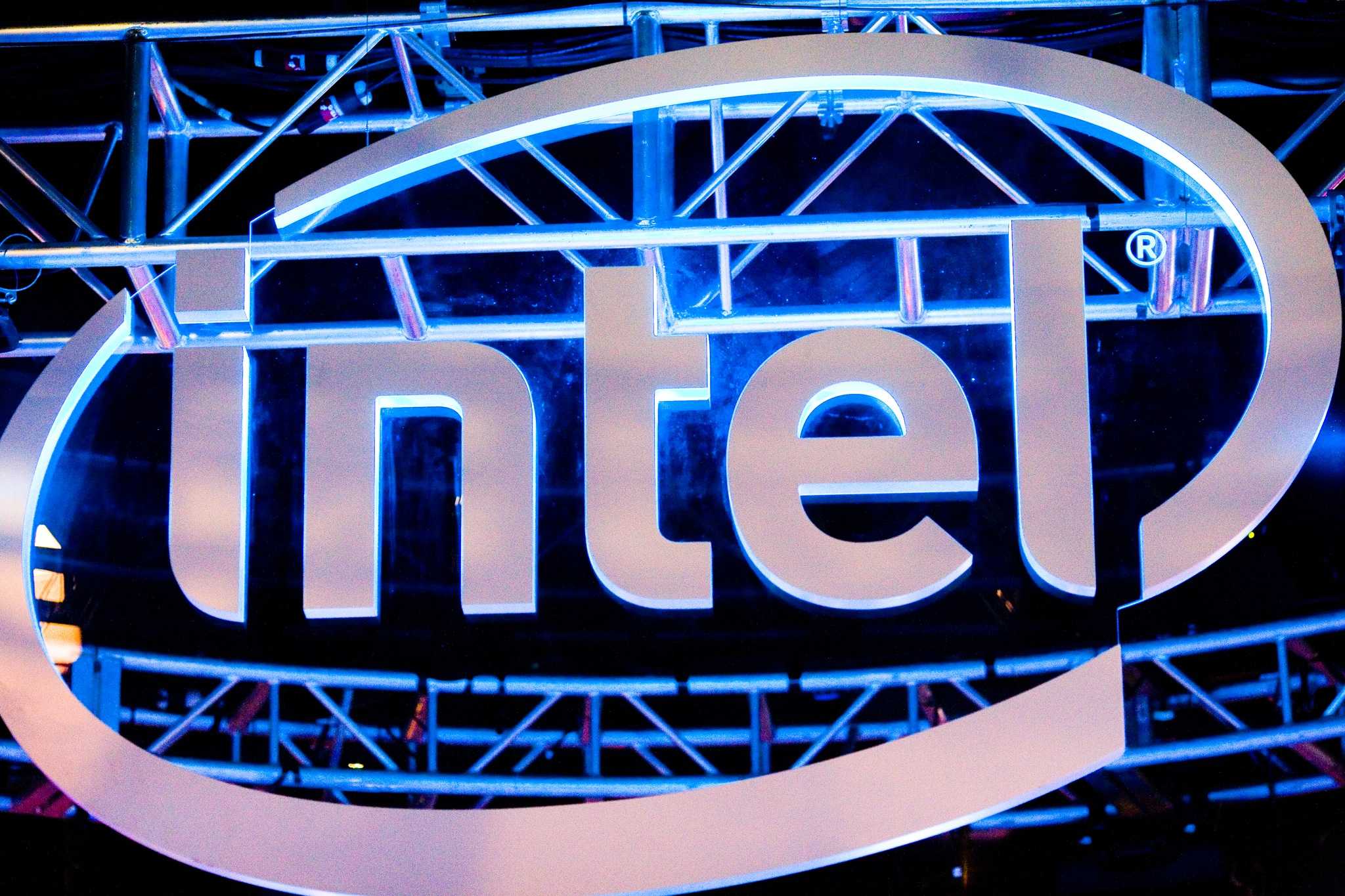

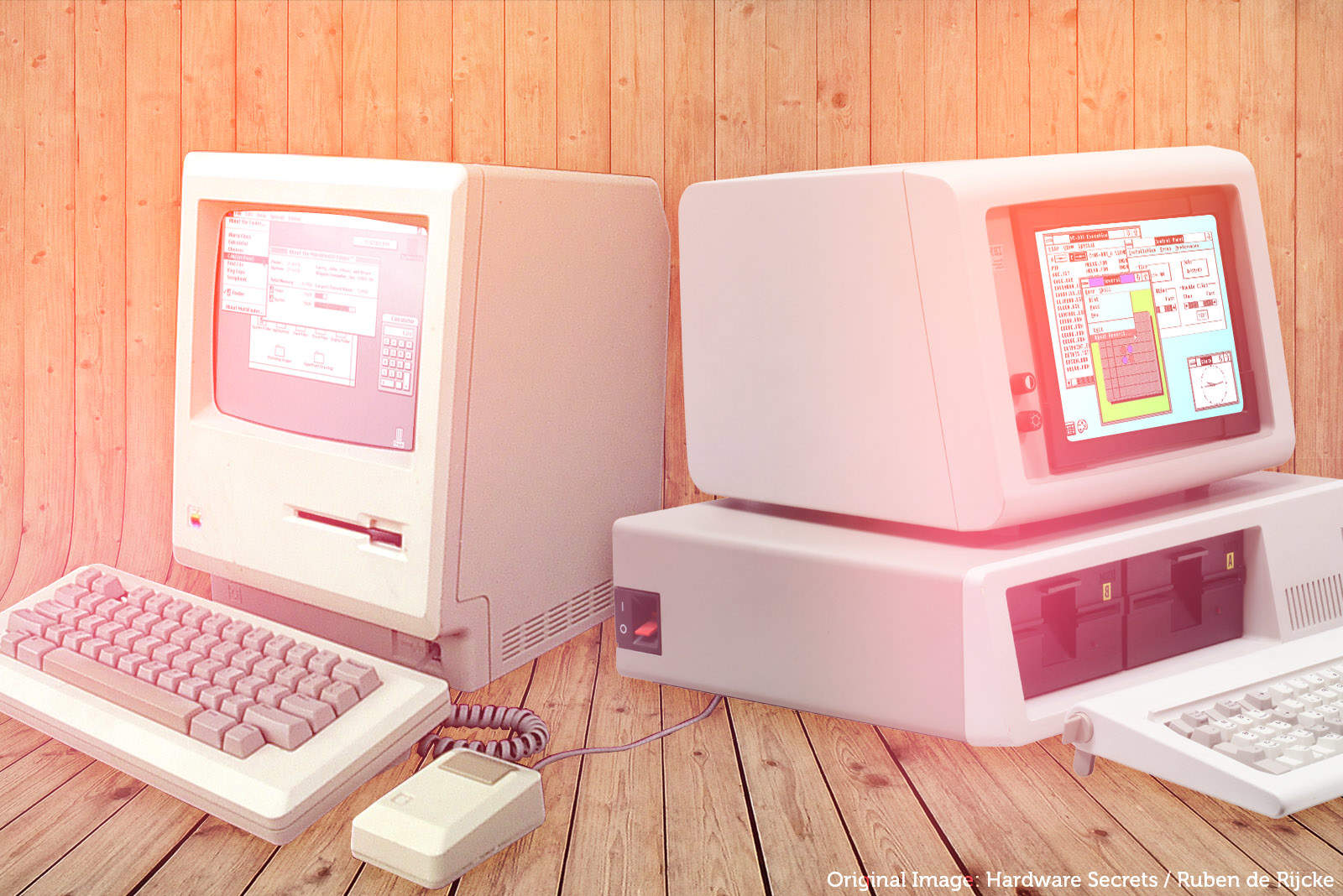
 November 21, 1985: Following
November 21, 1985: Following 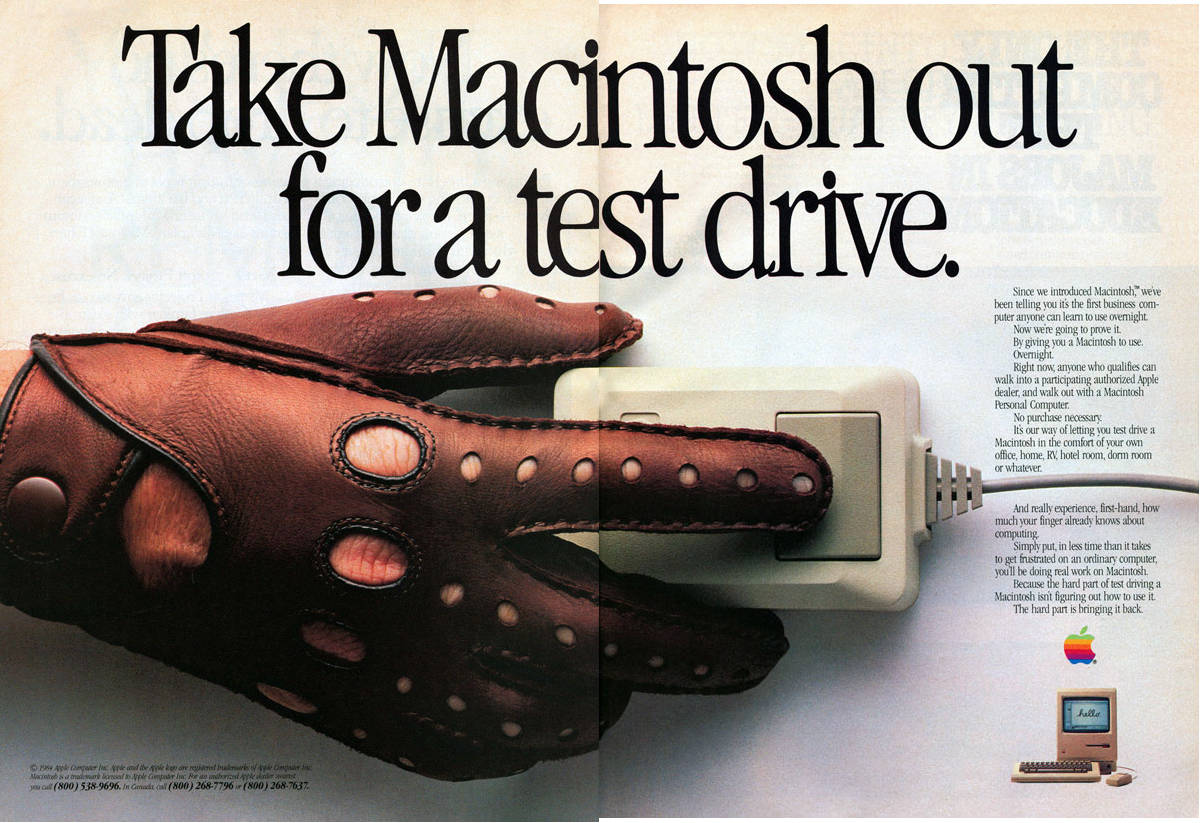
 November 8, 1984: After initial Mac sales prove disappointing, Apple CEO
November 8, 1984: After initial Mac sales prove disappointing, Apple CEO 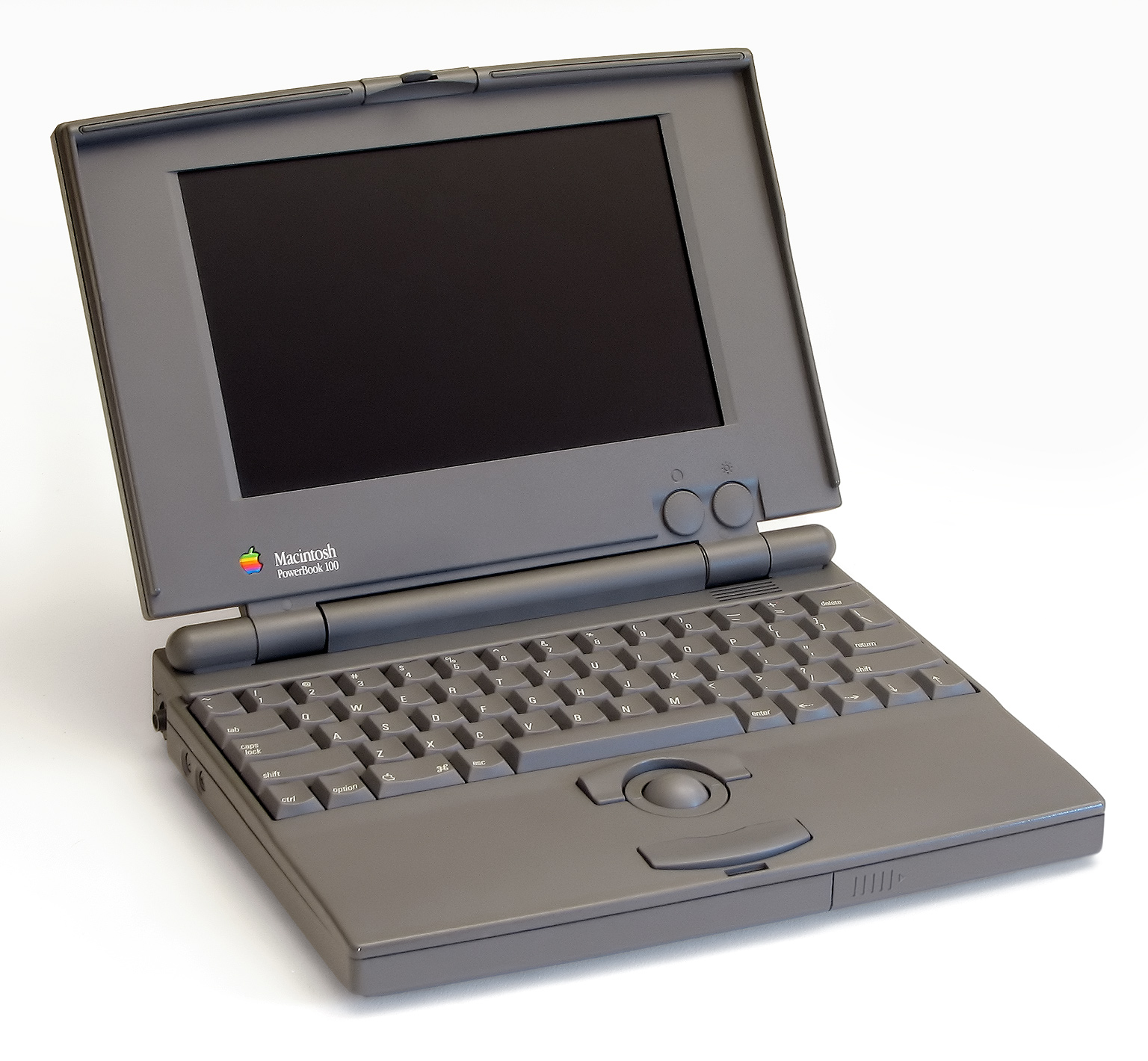
 October 21, 1991: Apple launches its PowerBook 100 series Macs. The lightweight laptops quickly become one of the most important tech gadgets of all time.
October 21, 1991: Apple launches its PowerBook 100 series Macs. The lightweight laptops quickly become one of the most important tech gadgets of all time.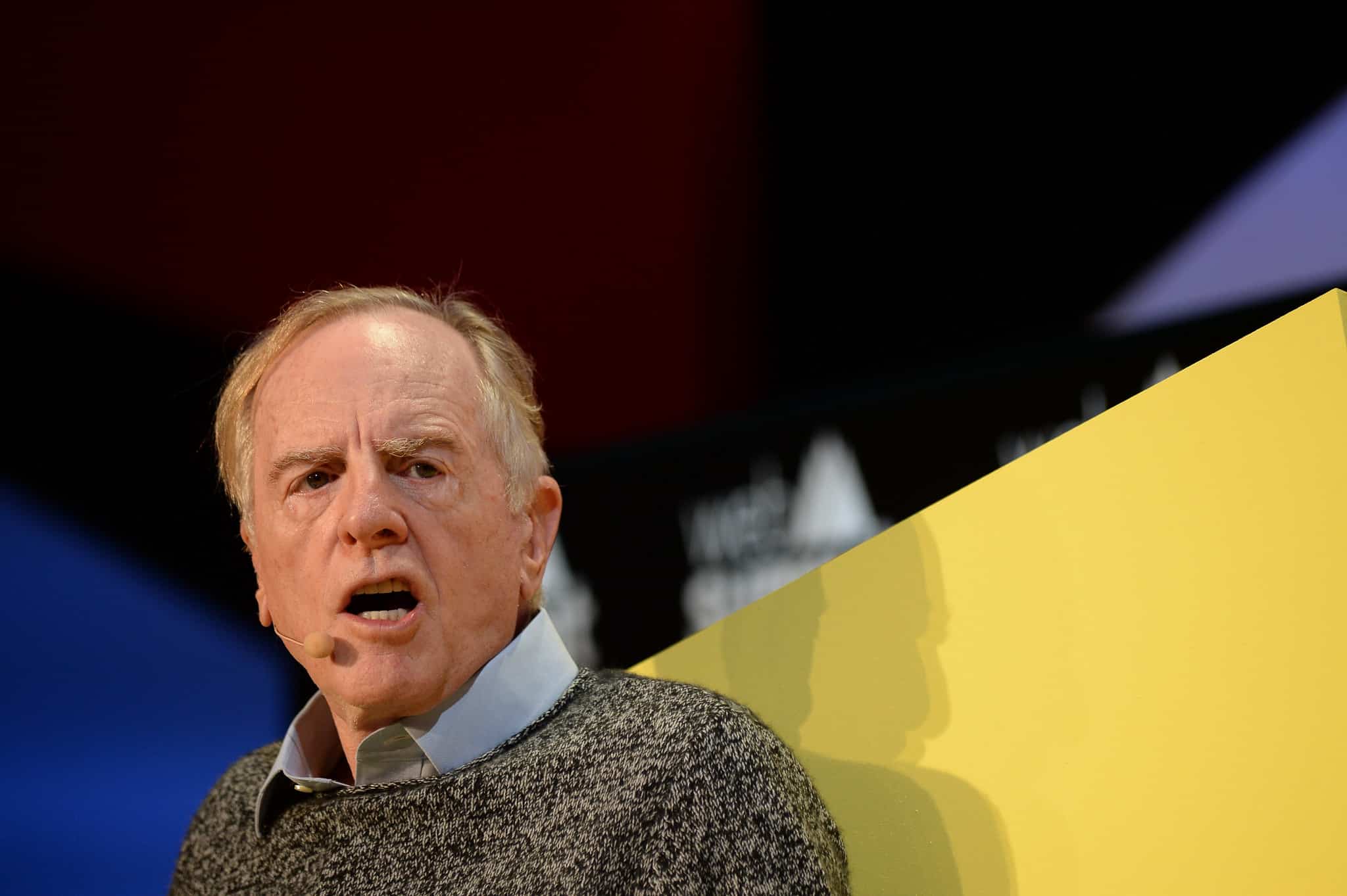
 October 15, 1993: John Sculley, the former CEO responsible for forcing Steve Jobs out of Apple, is forced to leave the company himself. When Sculley resigns as Apple’s chairman, he leaves with a golden parachute.
October 15, 1993: John Sculley, the former CEO responsible for forcing Steve Jobs out of Apple, is forced to leave the company himself. When Sculley resigns as Apple’s chairman, he leaves with a golden parachute.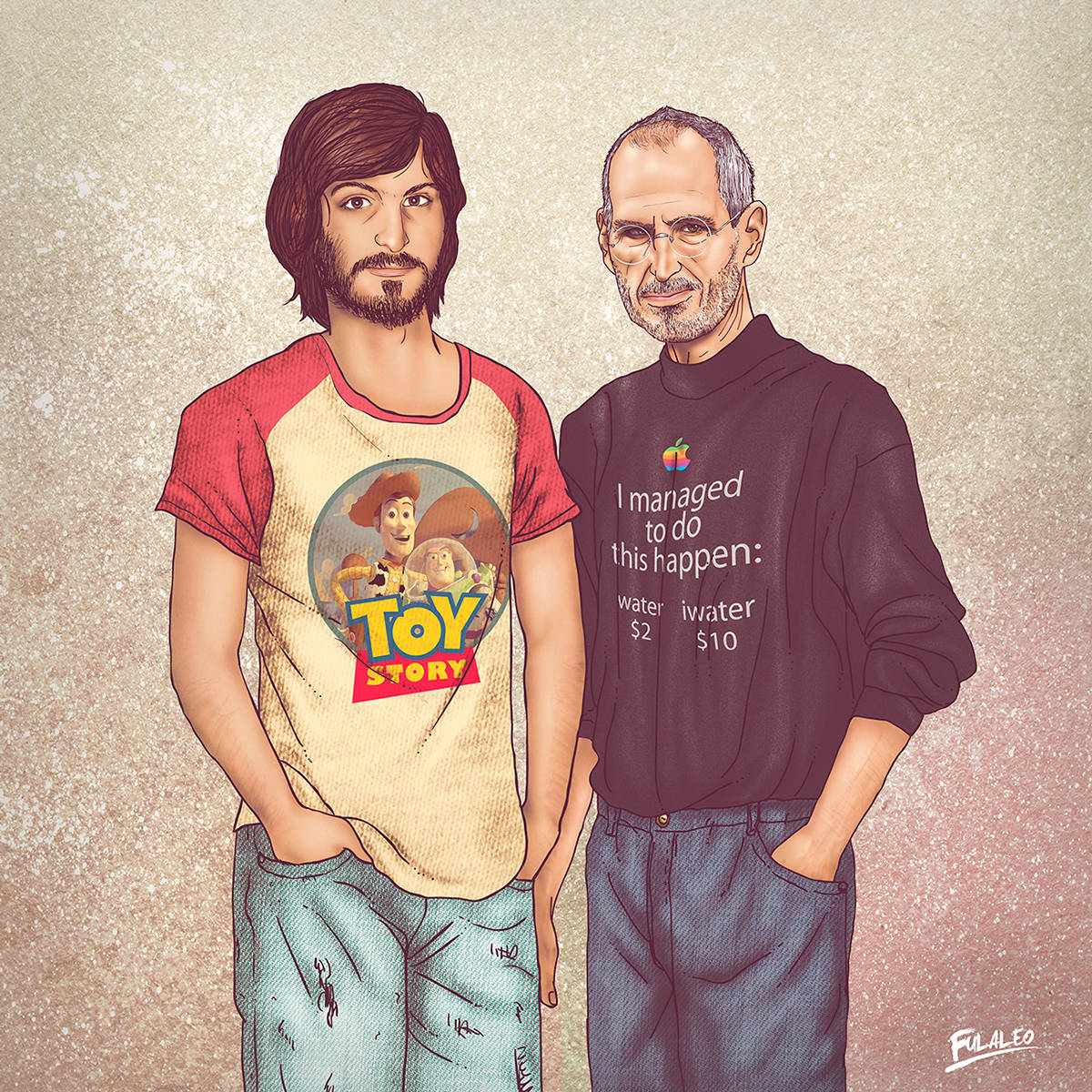
 September 16, 1985 and 1997: Twice on this day, Apple co-founder
September 16, 1985 and 1997: Twice on this day, Apple co-founder 
 August 2, 1993: Apple launches the
August 2, 1993: Apple launches the  July 25, 1989: Apple suffers a major setback in its copyright-infringement lawsuit against Microsoft for allegedly stealing the Mac’s “look and feel” to create Windows.
July 25, 1989: Apple suffers a major setback in its copyright-infringement lawsuit against Microsoft for allegedly stealing the Mac’s “look and feel” to create Windows.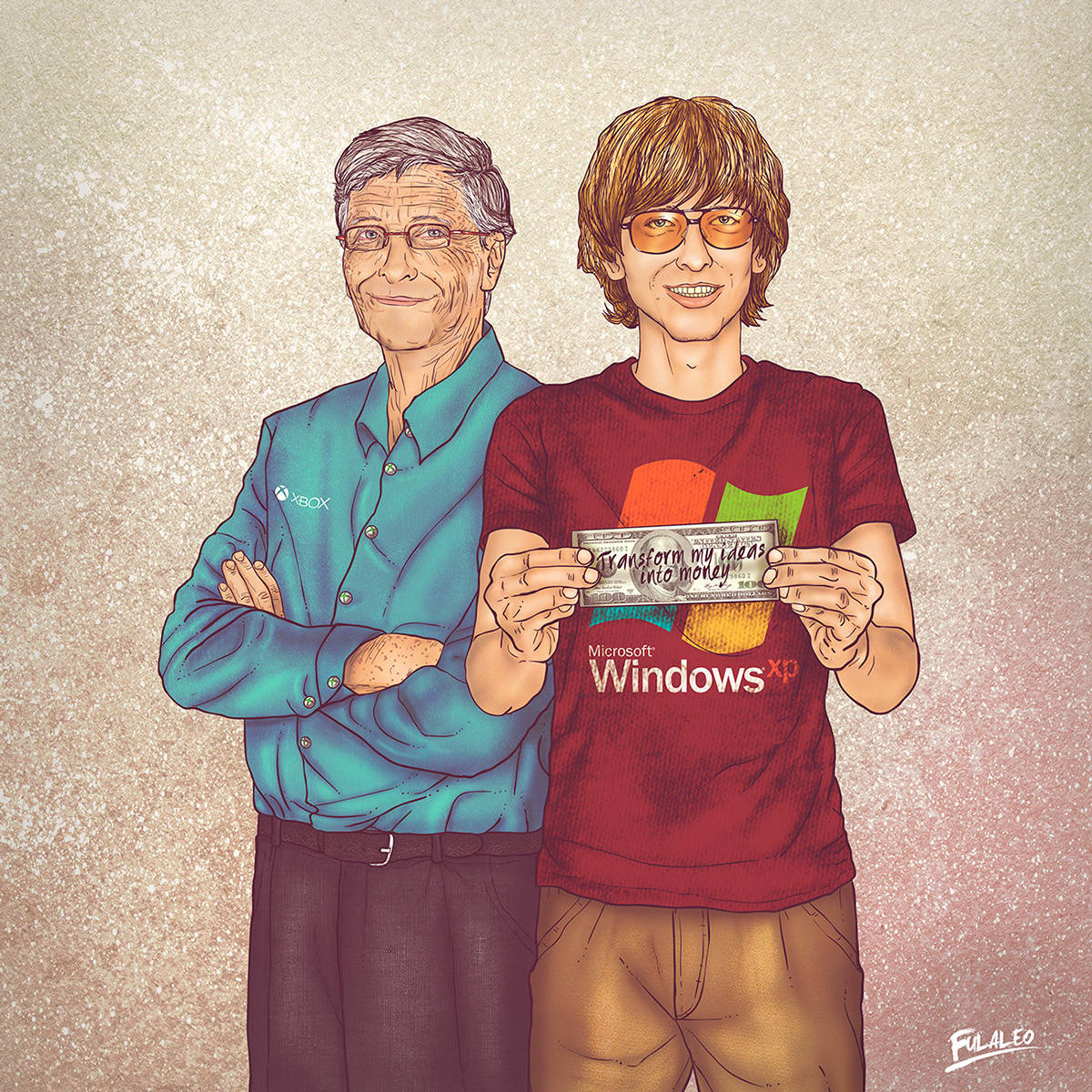
 June 25, 1985: Microsoft co-founder Bill Gates sends a memo to Apple execs suggesting that Cupertino should license its Mac operating system and additional technology to other companies.
June 25, 1985: Microsoft co-founder Bill Gates sends a memo to Apple execs suggesting that Cupertino should license its Mac operating system and additional technology to other companies.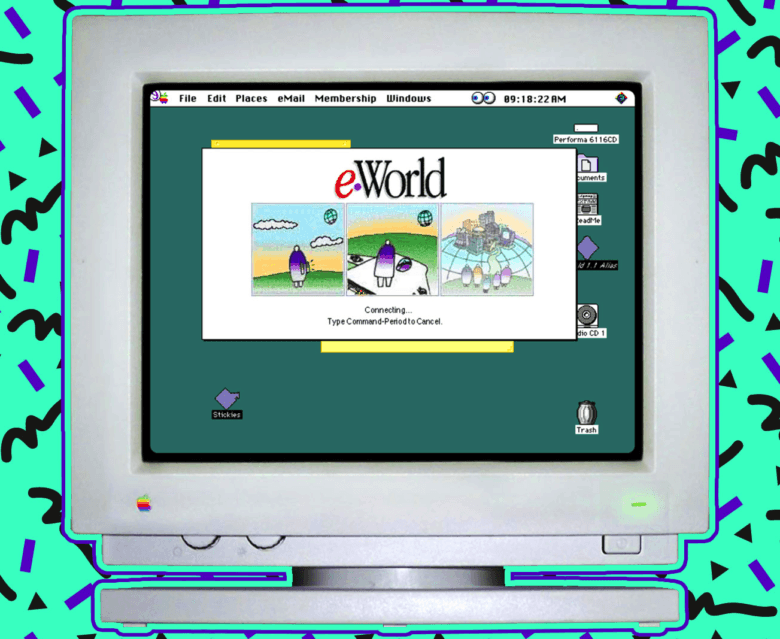
 June 20, 1994: Apple launches eWorld, a subscription service for Mac owners that’s designed to compete with America Online and other nascent online properties. Part messaging service and part news aggregator, the early internet service gives customers access to email, a bulletin board, and software downloads and support.
June 20, 1994: Apple launches eWorld, a subscription service for Mac owners that’s designed to compete with America Online and other nascent online properties. Part messaging service and part news aggregator, the early internet service gives customers access to email, a bulletin board, and software downloads and support. June 18, 1993:
June 18, 1993: 
 May 29, 1992: Apple demonstrates its
May 29, 1992: Apple demonstrates its 
 May 27, 1986: An exiled Steve Jobs takes a shot at Apple after the company ditches Chiat/Day, the ad agency that created the iconic “1984” Macintosh ad. In a full-page ad published in The Wall Street Journal, Jobs says the move to competing ad agency BBDO shows that “caretakers” rather than “builders” now run Apple.
May 27, 1986: An exiled Steve Jobs takes a shot at Apple after the company ditches Chiat/Day, the ad agency that created the iconic “1984” Macintosh ad. In a full-page ad published in The Wall Street Journal, Jobs says the move to competing ad agency BBDO shows that “caretakers” rather than “builders” now run Apple.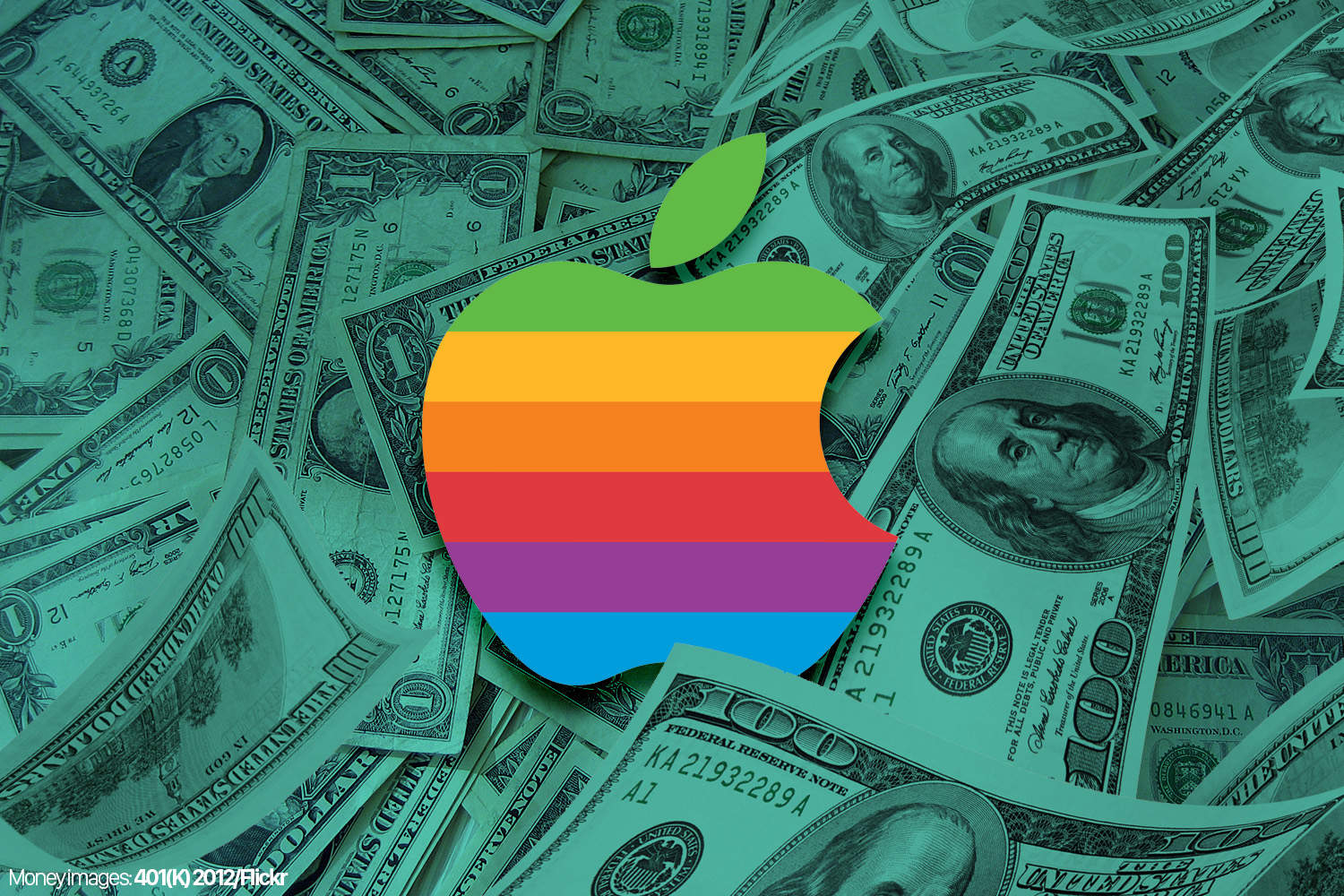
 May 26, 2010: In a massive milestone, Apple passes Microsoft to become the world’s most valuable technology company for the first time.
May 26, 2010: In a massive milestone, Apple passes Microsoft to become the world’s most valuable technology company for the first time.
 May 23, 1985: Bitter about being ousted from his position running the Macintosh division,
May 23, 1985: Bitter about being ousted from his position running the Macintosh division, 
 May 17, 1983: John Sculley takes the helm as Apple’s third president and CEO. The former Pepsi-Cola boss is short on tech experience but long on marketing, which will become increasingly important as the personal computer revolution ramps up.
May 17, 1983: John Sculley takes the helm as Apple’s third president and CEO. The former Pepsi-Cola boss is short on tech experience but long on marketing, which will become increasingly important as the personal computer revolution ramps up.
 May 3, 1984: Apple marks the all-important first 100 days of Mac sales, signaling whether the product launch is a hit with customers.
May 3, 1984: Apple marks the all-important first 100 days of Mac sales, signaling whether the product launch is a hit with customers. April 10, 1985: During a fateful meeting, Apple CEO John Sculley threatens to resign unless the company’s board of directors removes Steve Jobs as executive VP and general manager of the Macintosh division.
April 10, 1985: During a fateful meeting, Apple CEO John Sculley threatens to resign unless the company’s board of directors removes Steve Jobs as executive VP and general manager of the Macintosh division. April 8, 1983:
April 8, 1983: 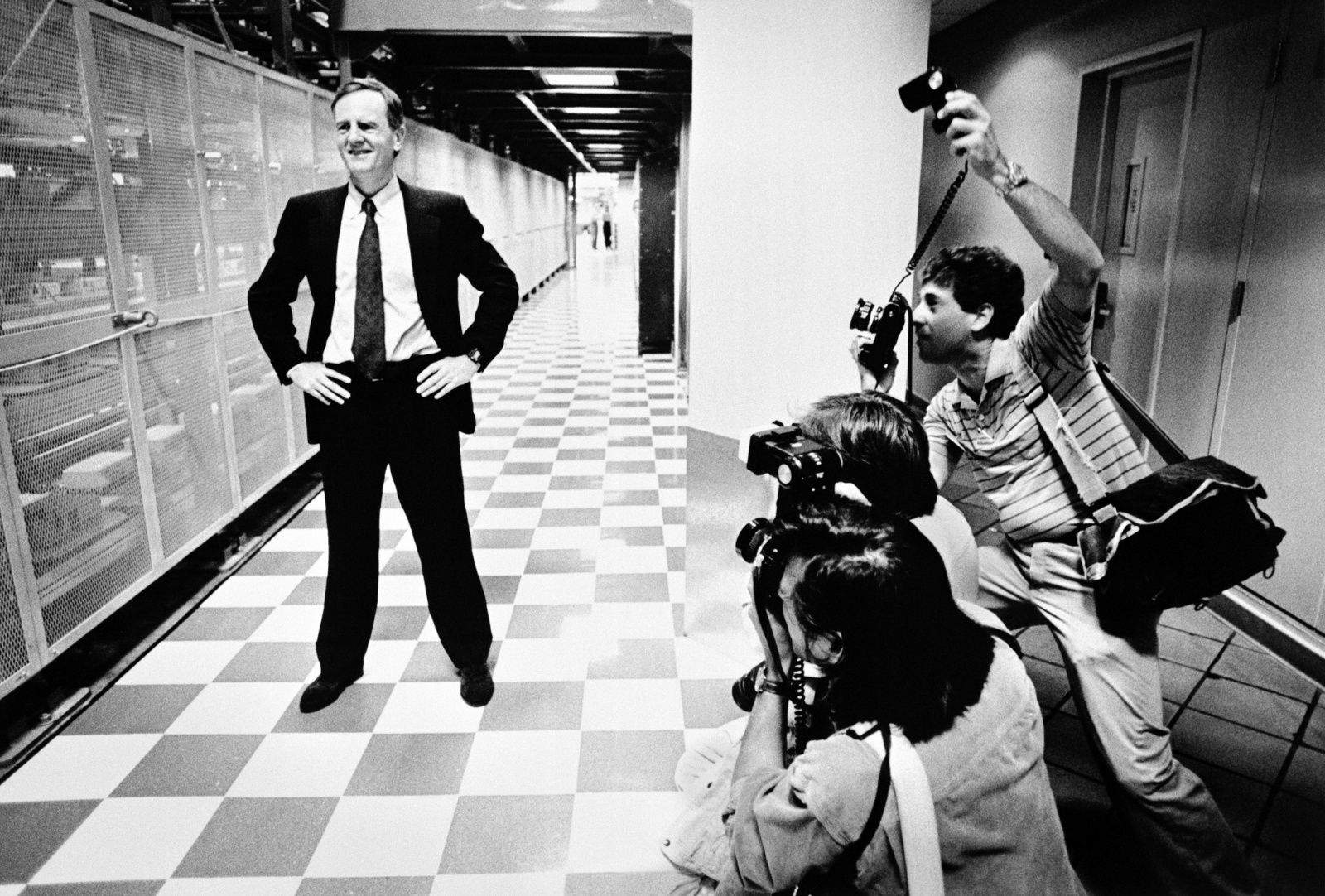
 April 6, 1939: John Sculley is born in New York City. He will grow up to be hailed as a business and marketing genius, eventually overseeing Apple’s transformation into the most profitable personal computer company in the world.
April 6, 1939: John Sculley is born in New York City. He will grow up to be hailed as a business and marketing genius, eventually overseeing Apple’s transformation into the most profitable personal computer company in the world. March 25, 1993: Apple executive Gaston Bastiaens bets a journalist that the eagerly anticipated
March 25, 1993: Apple executive Gaston Bastiaens bets a journalist that the eagerly anticipated  March 17, 1988: Apple sues Microsoft for allegedly stealing 189 different elements of its Macintosh operating system to create Windows 2.0.
March 17, 1988: Apple sues Microsoft for allegedly stealing 189 different elements of its Macintosh operating system to create Windows 2.0.
 February 27, 1998: Apple discontinues work on the Newton MessagePad product line, the series of personal digital assistants the company
February 27, 1998: Apple discontinues work on the Newton MessagePad product line, the series of personal digital assistants the company 
 January 30, 1995: Apple Computer launches the Newton MessagePad 120, the first truly great device in an unfairly maligned product line.
January 30, 1995: Apple Computer launches the Newton MessagePad 120, the first truly great device in an unfairly maligned product line.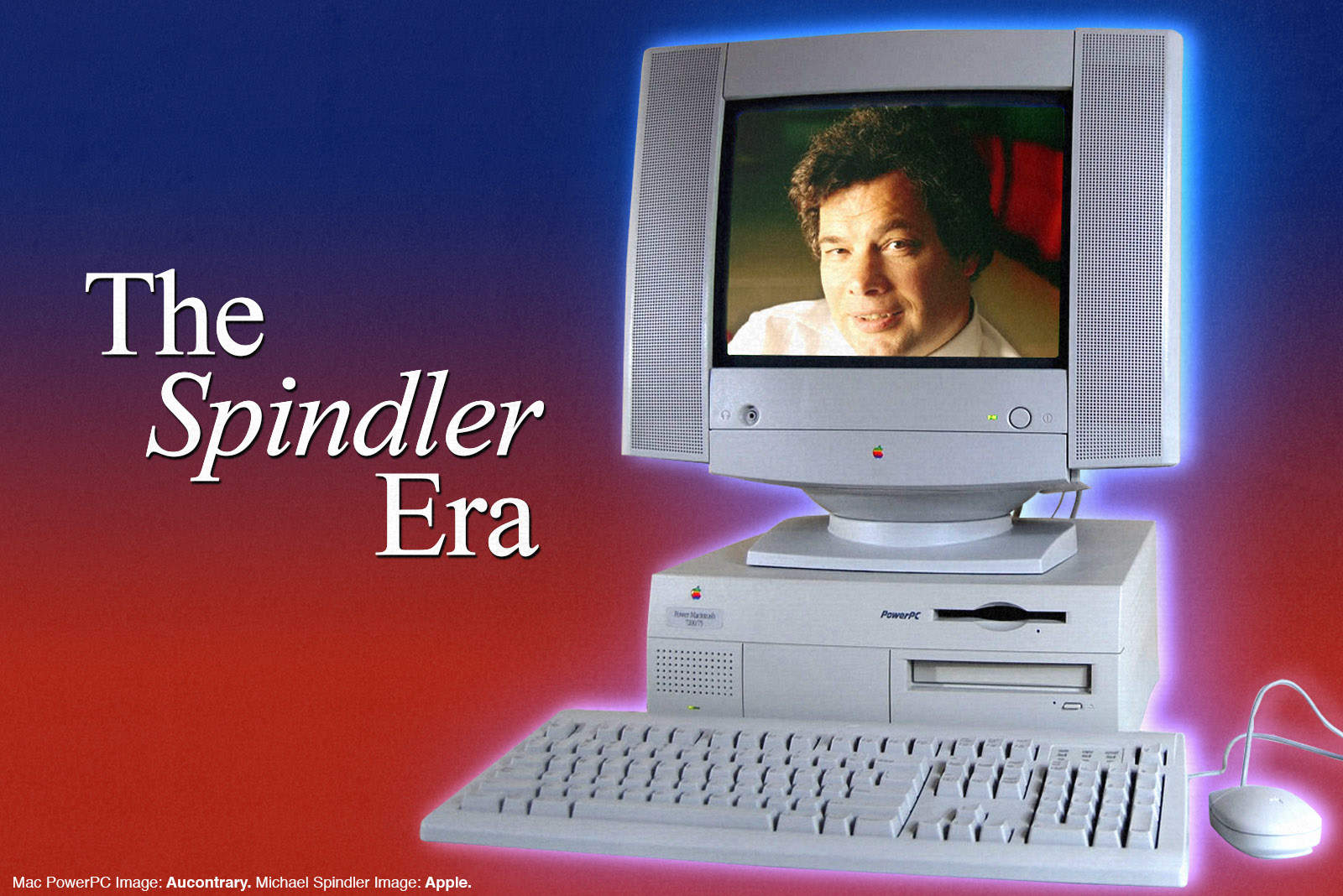
 January 29, 1990: Apple CEO John Sculley appoints Michael Spindler as the company’s new chief operating officer.
January 29, 1990: Apple CEO John Sculley appoints Michael Spindler as the company’s new chief operating officer.